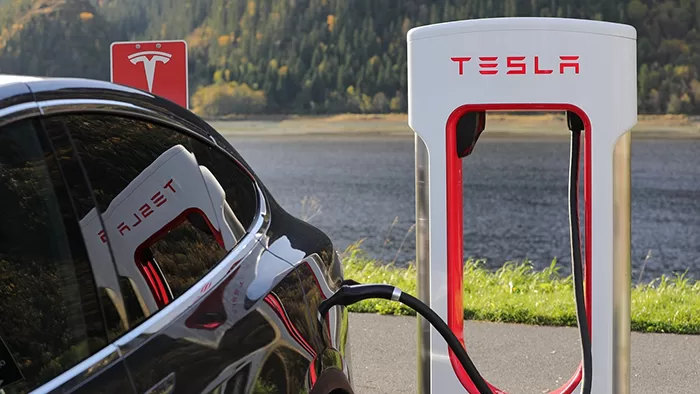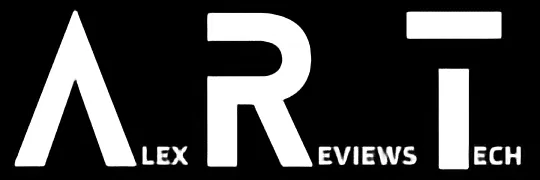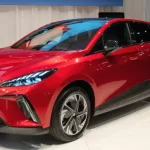
Tesla has announced that it’s opening up a whole host of additional Supercharger sites to competing EV brands in Australia. It’s a nice step forward for EV adoption — but also telling in where Tesla’s still keeping an advantage for itself.
Tesla’s added to its existing small set of 5 test sites that allow non-Tesla EVs to charge with an additional 25 sites being added to the cross-compatibility list as of today. I’ll give a hat tip here to Drive because that’s where I first saw it, but it’s been widely reported regardless.
So where can I charge my non-Tesla EV at an Australian Supercharger?
Supercharging for non-Tesla vehicles is available from today at the following locations:
| New South Wales | Victoria |
| Bathurst | Bendigo |
| Berry | Box Hill |
| Blaxland | Cann River |
| Campbelltown | Colac |
| Dubbo | Geelong |
| Hollydene | Moe |
| Knockrow | Mornington |
| Narooma | Shepparton |
| Tamworth | Warrnambool |
| Tenterfield | Yea |
| Wollongong | South Australia |
| Queensland | Clare |
| Gympie | Mount Gambier |
| Rochedale | Tailem Bend |
| Toowoomba | Western Australia |
| Australian Capital Territory | Margaret River |
| Tuggeranong | Williams |
What’s the difference between charging a Telsa and a non-Tesla at a Tesla Supercharger?
Mostly price, and a little bit of convenience. Most of the EVs sold in Australia will be compatible with the charging plugs used at Tesla superchargers (excluding some vehicles like my import Nissan Leaf, not that I take it long distances to speak of).
But for Tesla owners, the pricing on charging sits at between 58-70c per kWh, depending on the location. If you’ve got a non-Tesla EV at one of those locations, you’ll pay either 79c/kWh for ad-hoc charging, or 66c/kWh if you pay a $9.99/month subscription.
Said subscription gets you… cheaper charging, basically, so you’d need to make sure that you were going to charge at least 77kWh in a given month from Tesla superchargers for it to make sense… and that there weren’t competing options open to you that might also be cheaper.
As always, judicious use of apps such as Plugshare and A Better Route Planner make a lot of sense when planning EV trips.
And if you are keen, it would make sense to grab the Tesla app and set up your account before you leave home. Some sites are off the beaten track, and the last thing you’d want to do is be stuck trying to download and authorise an app in an area with shaky mobile reception.
Alex’s Take
On one hand, this is a good thing, because wider EV charging availability is never a bad thing. Yes, I can hear certain parts of the Tesla driving community getting up in arms at maybe having to wait a little longer at some chargers for sure. I feel certain they’d also happily jump onto general third party chargers without ever thinking about the reverse scenario.
Still, what’s really interesting to me here is not what Tesla’s included.
It’s what it’s excluded.

This is a nice welcome step… but it’s the sites you can’t see that are even more interesting
Your driving patterns may vary, but I immediately looked up one trip I know is very common across the board, plus one long range trip I’ve done this year to see how they fare.
Specifically, Sydney to Melbourne and Sydney to Adelaide (which, taking Tesla chargers into account, is more or less similar to Melbourne to Adelaide for much of the stretch).
Tesla’s got something like 63 Supercharger locations across Australia, so nearly half are “open” Superchargers… but not too many on these routes.
The very popular-during-holiday-period chargers at Goulburn, Gundagai, Wodonga and Euroa?
That’d be a no. Still very much Tesla only zones as far as the Superchargers are concerned. If you’ve read a story about EV charging queues in recent years during peak holiday times, the smart bet is that it was based around one of those exact supercharger sites.
At the start of the year I did the trek from Sydney to Adelaide and back again, which you can read about here:
Also read:
Driving Sydney to Adelaide (and back) in an EV: Part One
Driving Sydney to Adelaide (and back) in an EV: Part Two
Driving Sydney to Adelaide (and back) in an EV: Part Three: There and back again
Bendigo from that trip is open, and Shepparton has opened in the meantime… but not the chargers at Horsham or Keith, which means there’s a big gap for all but the longest range EVs if you were relying only on Tesla superchargers to get your watts on.
Nice to see Tailem Bend included, but it does mean that you’d need to look at alternate networks such as Chargefox or Evie to keep going on the road. While they’re present, and their networks are pleasingly expanding, it’s still slim pickings along that route.
Actually, it’s even more stark heading north from Sydney to Brisbane. The technically-furthest-north open Supercharger is at Blaxland, and the next one on the usual Pacific Highway route is… Byron Bay. It might be feasible to do Blaxland>Hollydene>Tamworth>Tenterfield, but those are smaller roads less travelled for sure. Having grown up in those areas, I’m all too familiar with that.
So while it’s notable and interesting, it’s also pretty clear; Tesla’s opening up for commercial advantage and to make a little more out of selling power — but it’s also keeping the sweetest routes to itself, as much as it can.








Savage pricing for that Tesla electricity. I’m used to the Chargefox lower power ones at 32c/kwh or uktra fast onescat 48c after RACV discount, although the prices may have gone up.
The electricity costs perhaps 25c in Victoria.
It can vary by location, but I’m pretty sure Chargefox has raised its rates generally not that long ago. But yeah, Tesla does charge a premium for its electrons. Some of that can be justified, I think, given the investment in putting in the infrastructure to make it happen — the charging stations aren’t exactly inexpensive!